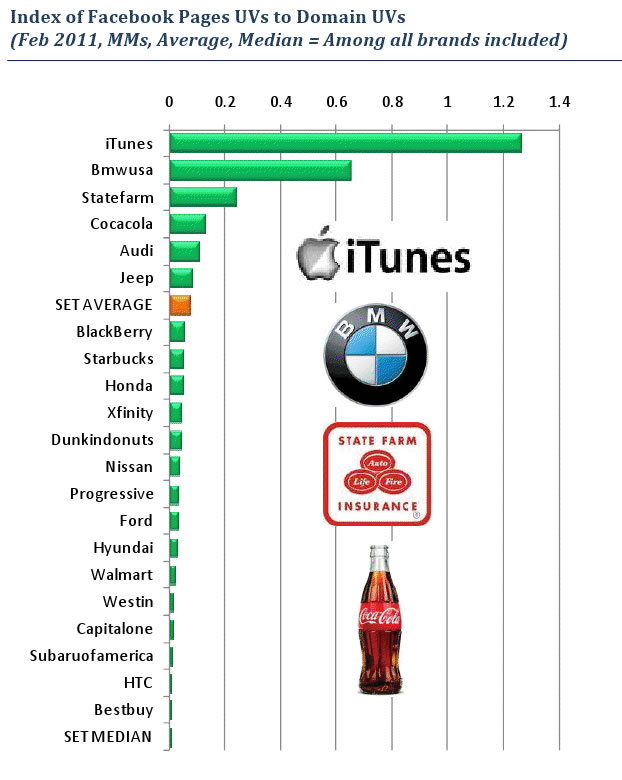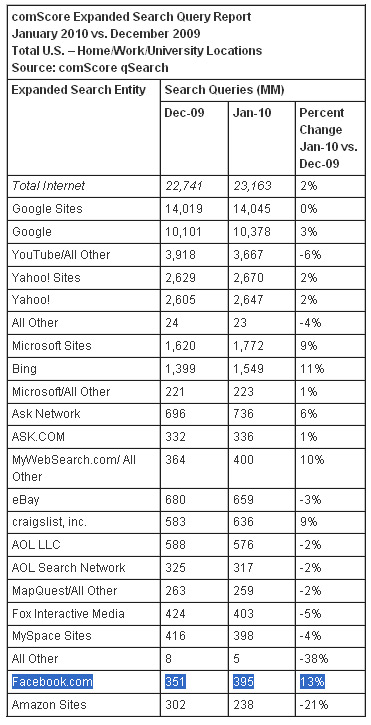If you sell something online, and you’re not showing up in Amazon search results, you might be missing out on a major opportunity. This is especially true as we enter the holiday season.
Do you have search visibility on Amazon? Is this a priority for your business? Let us know in the comments.
Compete has released some interesting numbers on Amazon and how it related to consumers’ searching habits. Considering that Google thinks of Amazon as its biggest rival in this department, these are worth paying attention to.
75 million consumers conducted at least one search on Amazon in September, though only 30% ever clicked beyond the first page of search results, it says.

According to Compete, when a user searches on Amazon, there’s a 35% chance they’ll click on products listed first in any search, compared to a 17% chance for items listed second. They’re ten times more likely to click on items listed first then on items listed tenth.
Amazon itself accounted for 22% of visits to any online retailer in September (up from 19% last year). The top 5 online retailers combined for about half of all visits.

“For manufacturers of toys, diapers, groceries, auto parts, and everything in between, being on Amazon, and more importantly being seen by consumers on the site, is paramount to ecommerce success,” says Compete’s Mattt Pace. “Amazon acts as the Wikipedia of ecommerce for many consumers: it’s their de facto jumping off point for online shopping.”
“To succeed in ecommerce, consumer product brands need greater visibility into consumers’ path to purchase for their brands and categories… both across the web and within key retailer websites like Amazon,” he says. “Understanding how consumers shop enables brands to optimize their channel investments to drive greater awareness, consideration and purchase of their products.”
According to Compete, the average shopper returns to Amazon 2.8 times per month to search for products.
Google Executive Chairman Eric Schmidt recently said, “Really, our biggest search competitor is Amazon. People don’t think of Amazon as search, but if you are looking for something to buy, you are more often than not looking for it on Amazon. They are obviously more focused on the commerce side of the equation, but, at their roots, they are answering users’ questions and searches, just as we are.”
So how do you rank in Amazon? Well there’s not nearly as much research out there on the topic compared to ranking in traditional search engines, but Nathan Grimm posted an in-depth look at Moz a few months ago. That’s probably a good place to start. He breaks down the key differences between Amazon and Google, and looks at results page mechanics, ranking factors, tracking your progress, and other visibility systems.
I will pull an excerpt from Amazon’s own documentation that he references:
“Search is the primary way that customers use to locate products on Amazon.com. Customers search by entering keywords, which are matched against the search terms you enter for a product. Well-chosen search terms increase a product’s visibility and sales. The number of views for a product detail page can increase significantly by adding just one additional search term – if it’s a relevant and compelling term.
“Factors such as price, availability, selection, and sales history help determine where your product appears in a customer’s search results. In general, better-selling products tend to be towards the beginning of the results list. As your sales of a product increase, so does your placement.”
So if you’re talking about ranking factors, Amazon is basically naming a few of them here: keywords, price, availability, selection, and sales history.
When many businesses think about being seen in the search engines, they think about Google, Bing, and Yahoo, but if your’e selling a product, and you’re not thinking about getting Amazon search visibility you might be missing out on an important opportunity.
Is Amazon part of your search strategy? Let us know in the comments.
Images via Compete


















